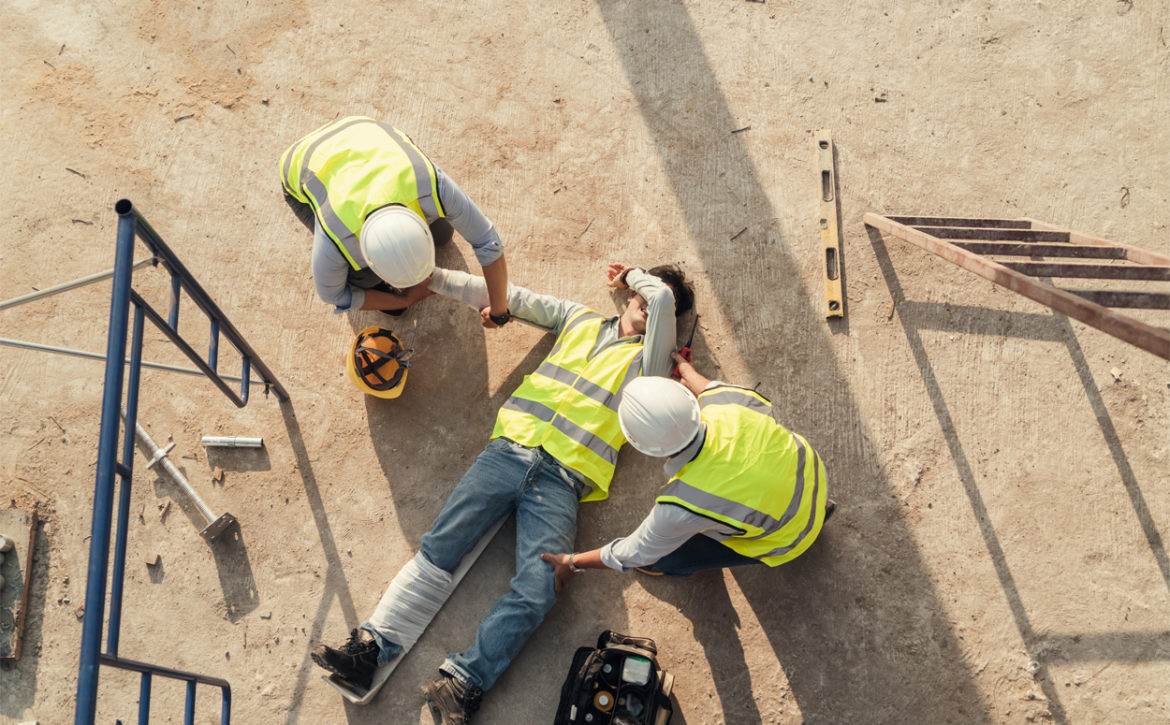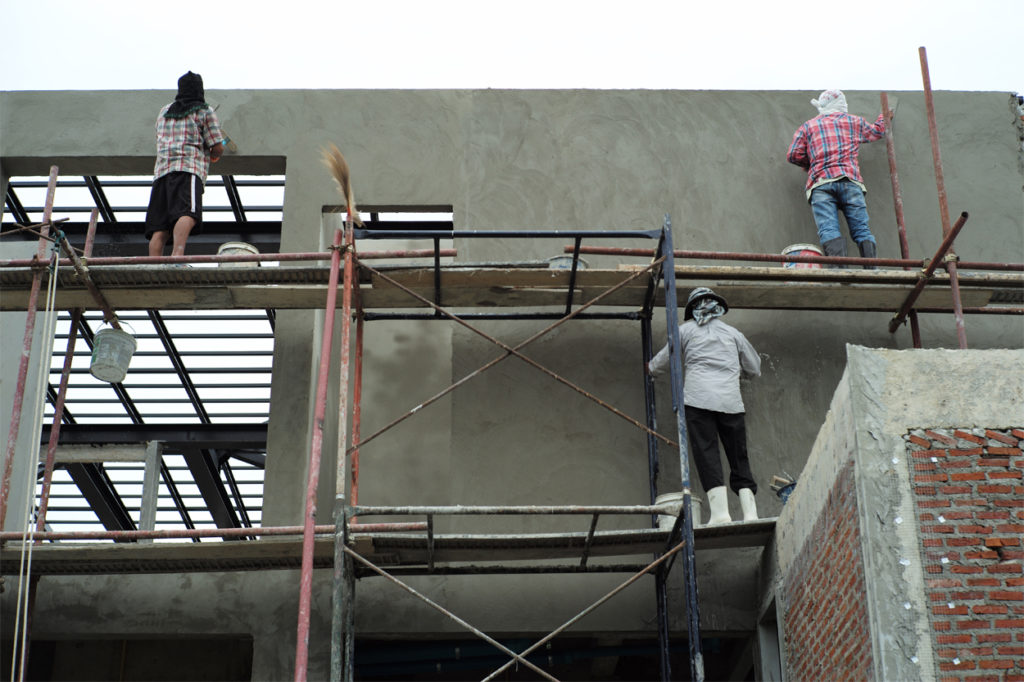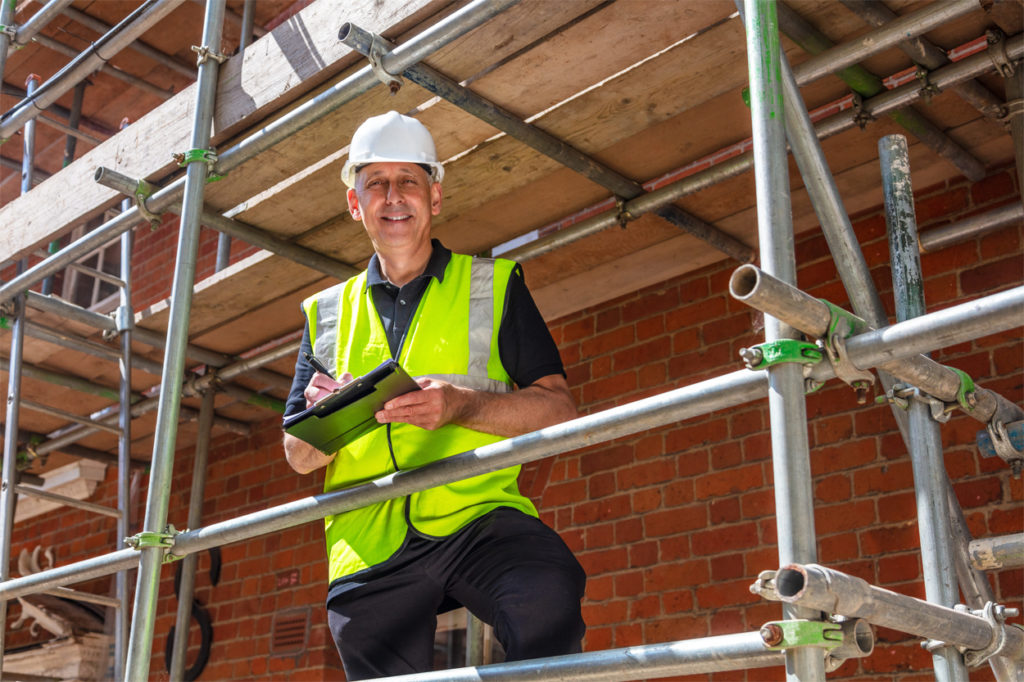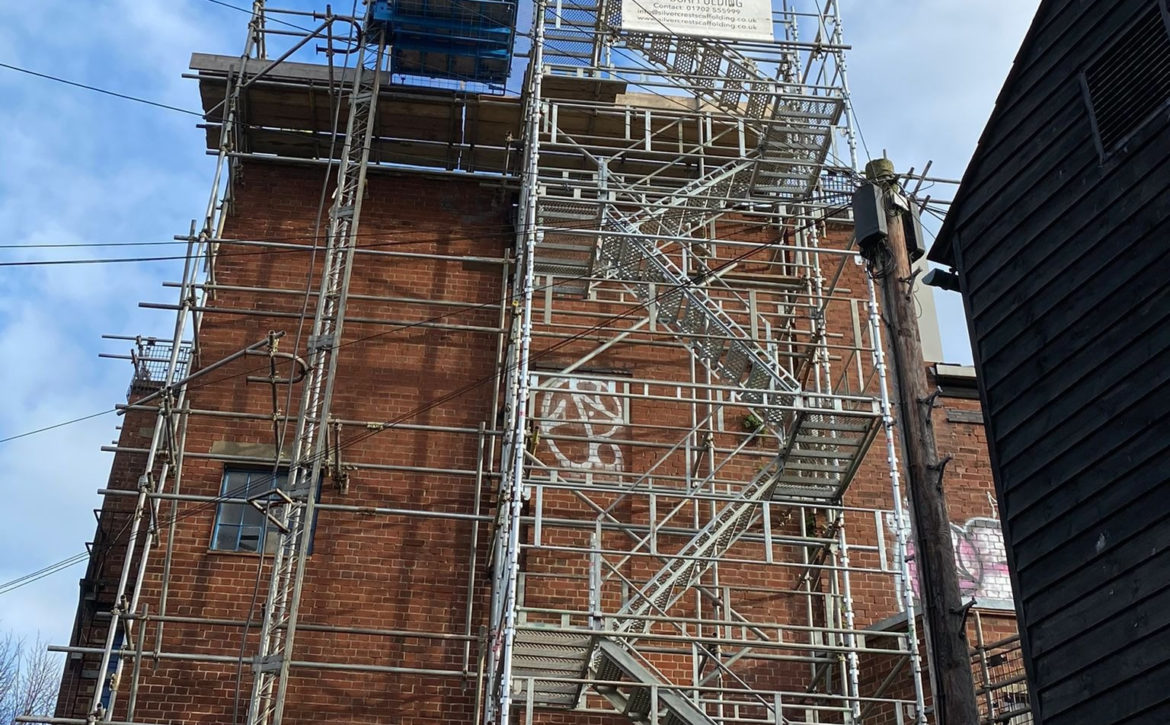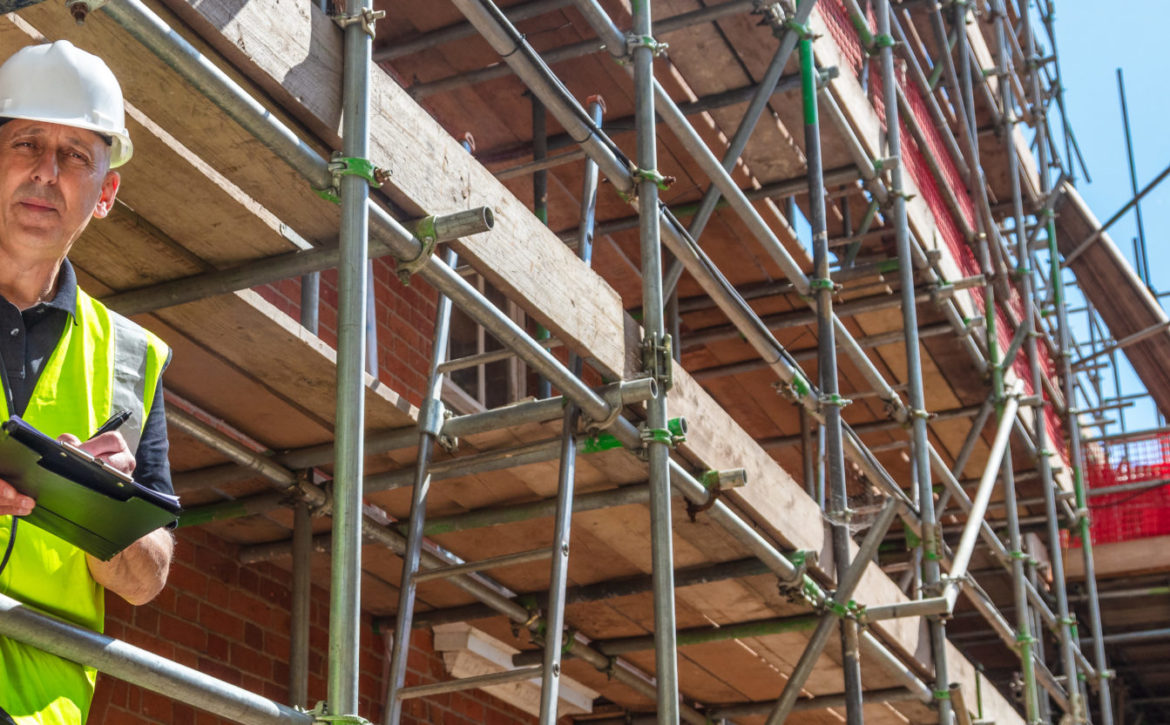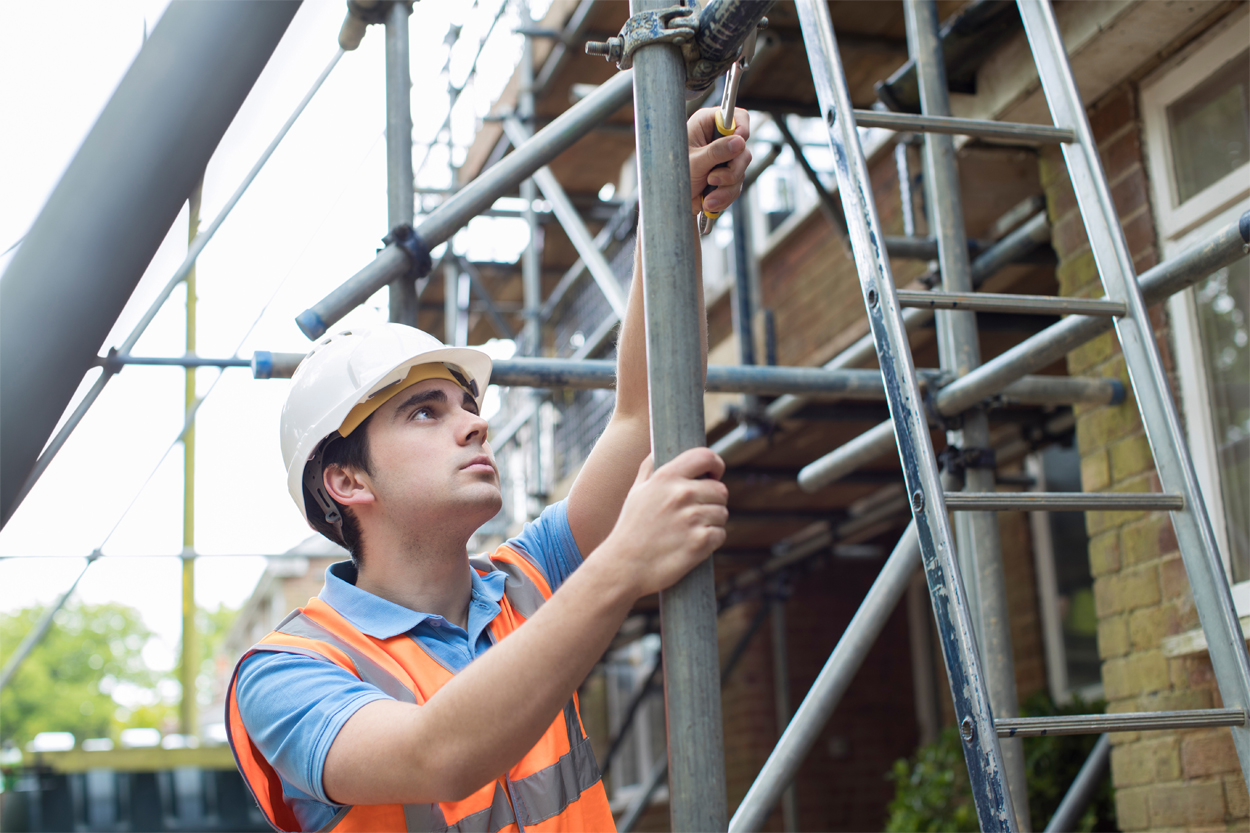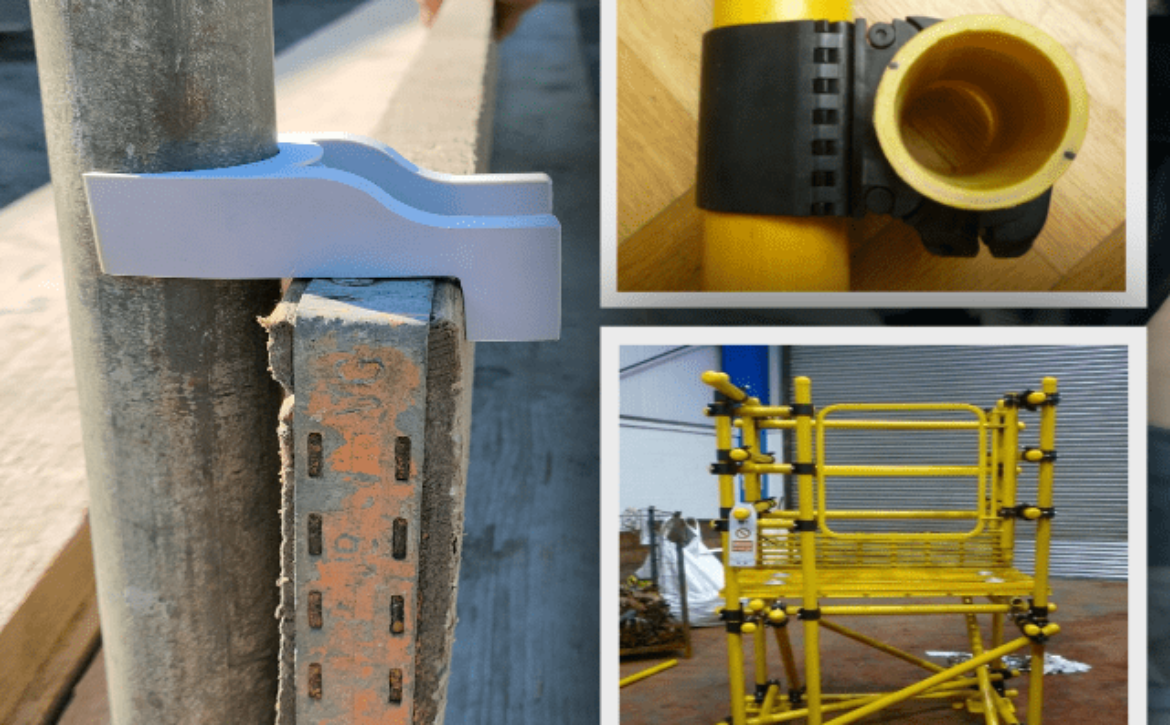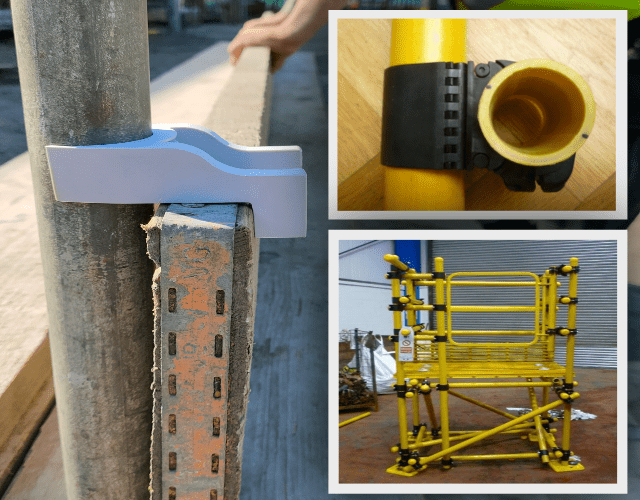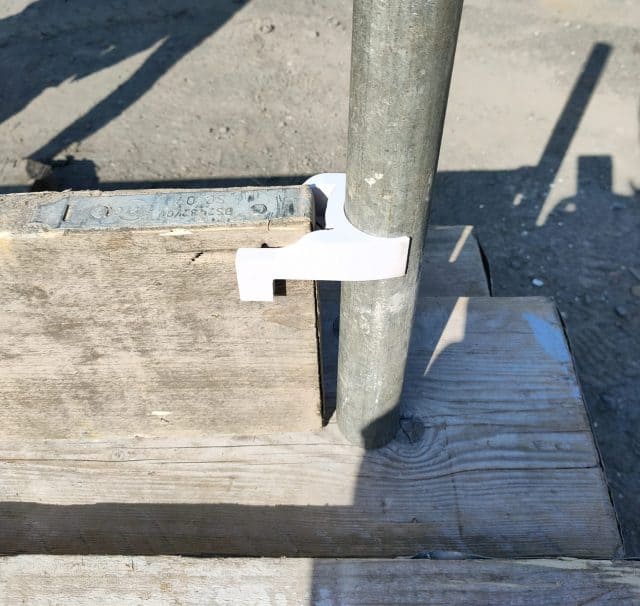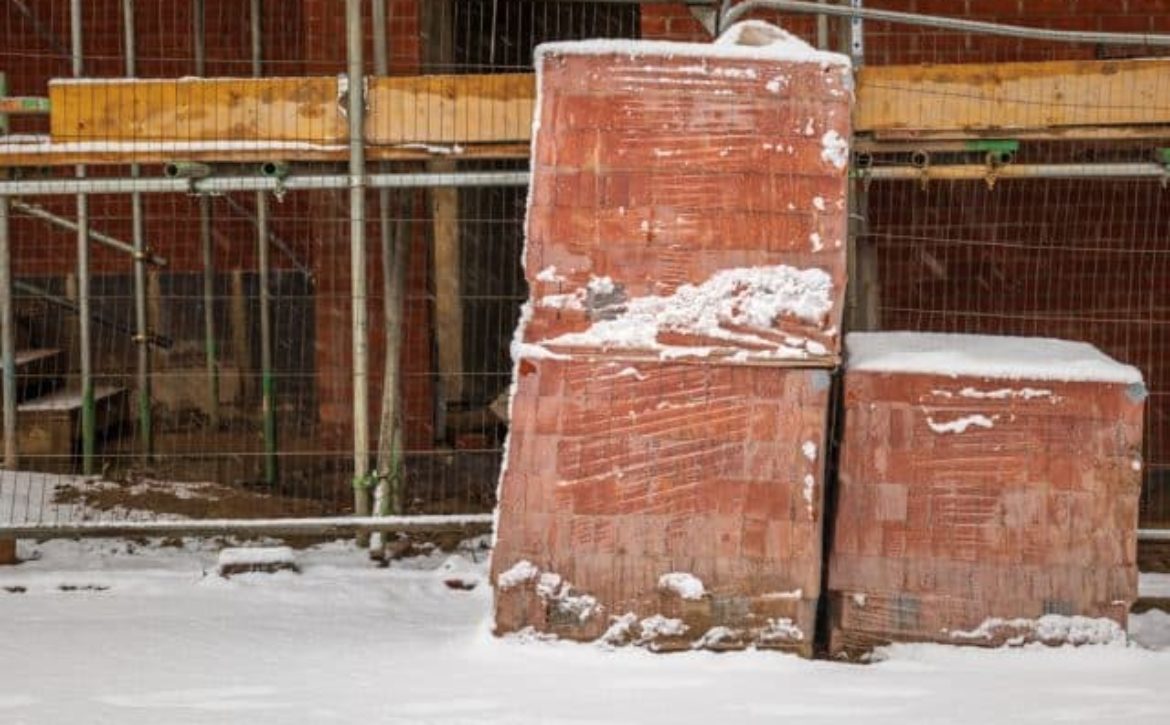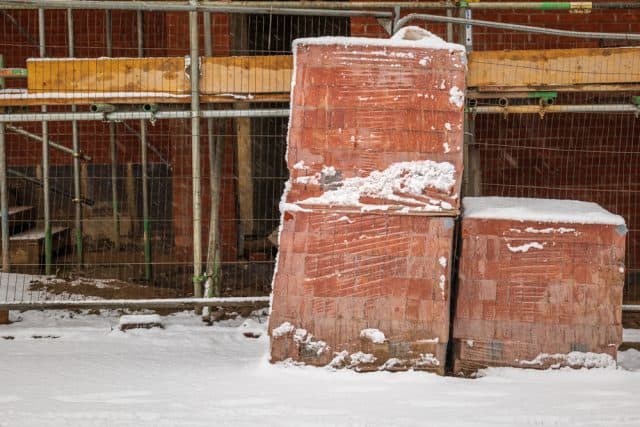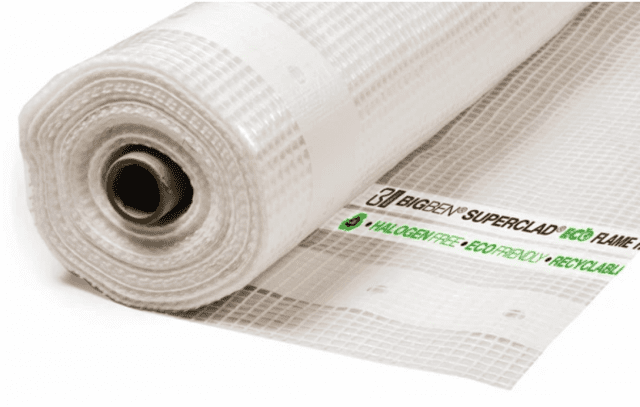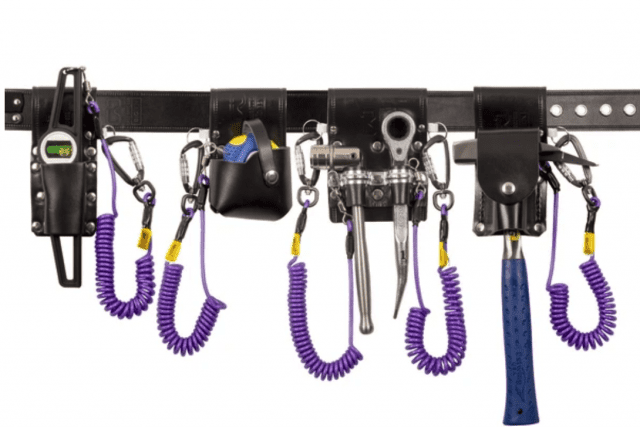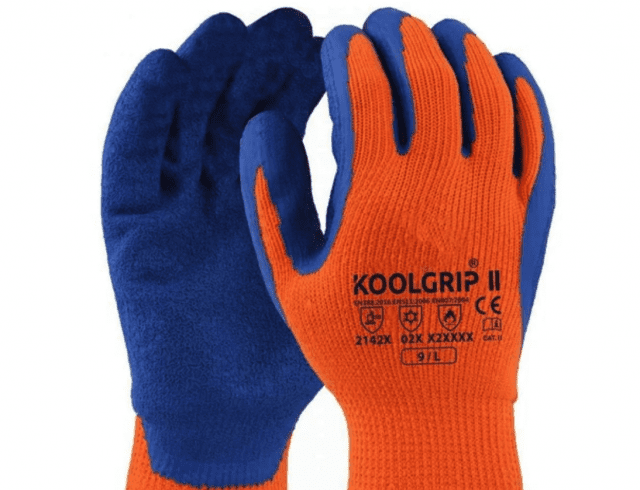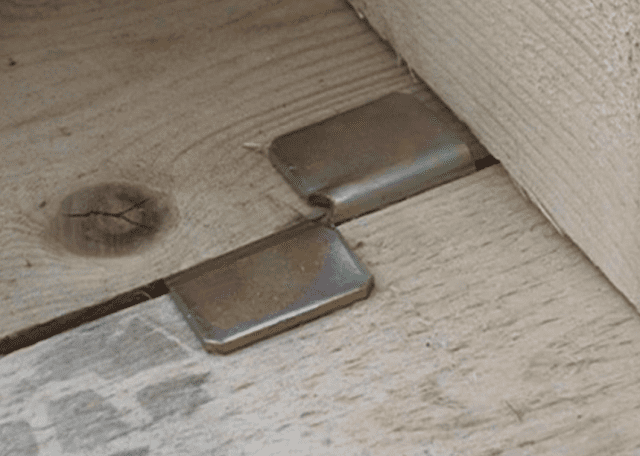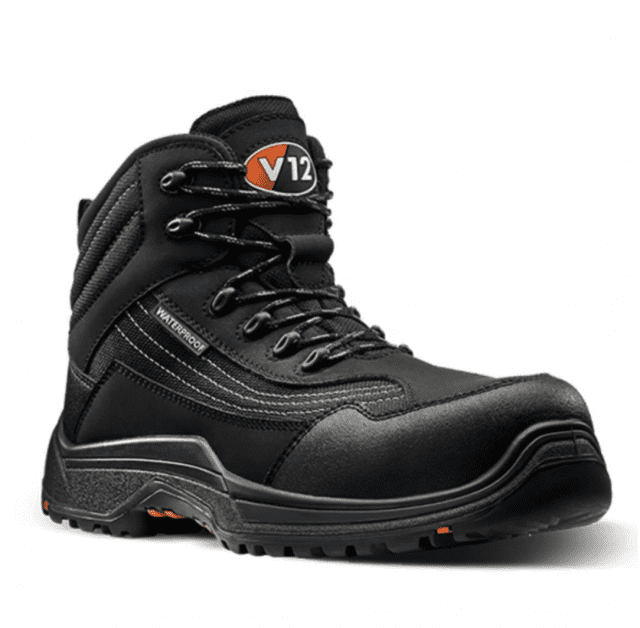Reasons to Choose a Scaffolding Hire Service 🏗️

When it comes to scaffolding, utilizing a hire service can offer significant advantages, including cost-effectiveness, flexibility, professional expertise, and enhanced convenience. Scaffolding companies bring a wealth of experience and knowledge, along with an understanding of the essential regulations to ensure a safe, efficient service.
Safety First
Scaffolding serves as a vital resource in construction and maintenance, providing a secure foundation for workers operating at heights. This stability is crucial in minimizing accidents and fostering a safer working environment.
Here are some key aspects illustrating how scaffolding enhances worker safety:
Unmatched Stability
Unlike ladders, which can wobble and restrict movement, scaffolding presents a solid and reliable platform. This sturdiness greatly decreases the chances of slips and falls, allowing workers to focus on their tasks.
Guard Rails for Security
The presence of guard rails on scaffolding is essential in preventing falls. This crucial feature offers added protection, enabling workers to navigate safely on the platform without undue worry.
Enhanced Accessibility
Scaffolding goes beyond mere height access; it facilitates direct entry to the work area. This convenience allows workers to dedicate their attention fully to the task at hand without the distraction of balancing their position.
Robust Load Bearing
Designed to accommodate heavy loads, scaffolding enables workers to have essential tools and materials readily available. This not only heightens safety by reducing the need for constant climbing but also bolsters overall work efficiency.
Regulatory Compliance
Utilizing scaffolding assists companies in adhering to safety standards mandated by regulations, promoting safe working conditions. Non-compliance can lead to significant fines and legal repercussions, making scaffolding not just a choice but a necessity.
By incorporating these critical features, scaffolding proves to be indispensable in reducing workplace accidents and ensuring the safety of workers at height.
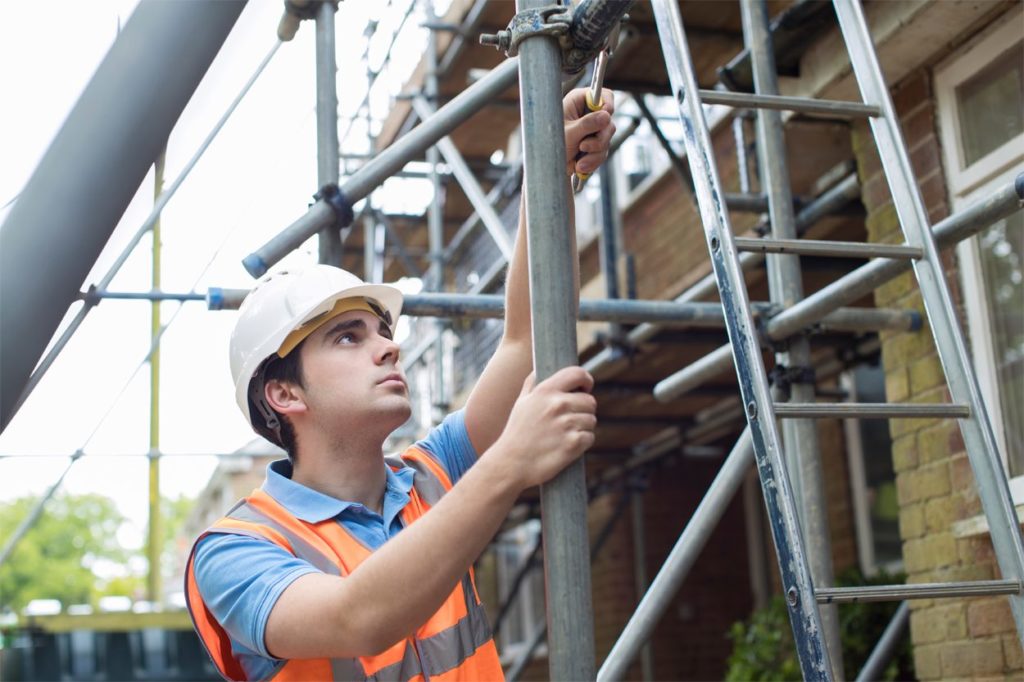
Accessibility Made Easy
Hiring scaffolding services significantly improves the accessibility of construction and maintenance projects. This is not merely about reaching elevated areas; it’s about simplifying the execution of complex tasks at those heights.
Crucial Height Access
Scaffolding provides vital access to various elevations, empowering workers to perform tasks efficiently on high structures. This access is essential for completing projects successfully.
Versatile Solutions
The adaptability of scaffolding systems allows for their application in diverse projects, ranging from basic home renovations to intricate commercial constructions. This versatility ensures optimal access in any given scenario.
Convenient Platforms
Scaffolding platforms are designed for both ease of movement and sufficient space for materials, enhancing workers’ effectiveness and safety during operations.
Efficient Delivery and Setup
A major benefit of hiring scaffolding is the convenience of professional delivery and setup. This service guarantees that the scaffolding is assembled safely and securely, customized to the project’s specific needs, thereby improving both accessibility and workplace safety.
Versatility
Scaffolding emerges as a remarkably versatile asset in construction and maintenance due to its adjustability and modularity. This flexibility allows for tailoring to the precise requirements of every project, no matter how complex or extensive.
Adjustability means scaffolding can be configured to various heights, ensuring safe access to challenging areas. Modularity refers to the ability to assemble scaffolding in multiple configurations, making it applicable to a wide array of tasks, from minor repairs to large-scale construction efforts.
Moreover, the versatility of scaffolding is augmented by its customization options and significant load-bearing capacity, making it ideal for a wide range of activities. Custom designs cater to the specific contours and needs of each project, ensuring that workers have the most efficient setup for their tasks. The solid load-bearing capabilities further guarantee safety while supporting workers and their materials, leading to heightened productivity on-site. The extensive variety of scaffolding types—from traditional tube and fitting systems to innovative pre-engineered options—ensures there’s a suitable scaffolding solution for every job.
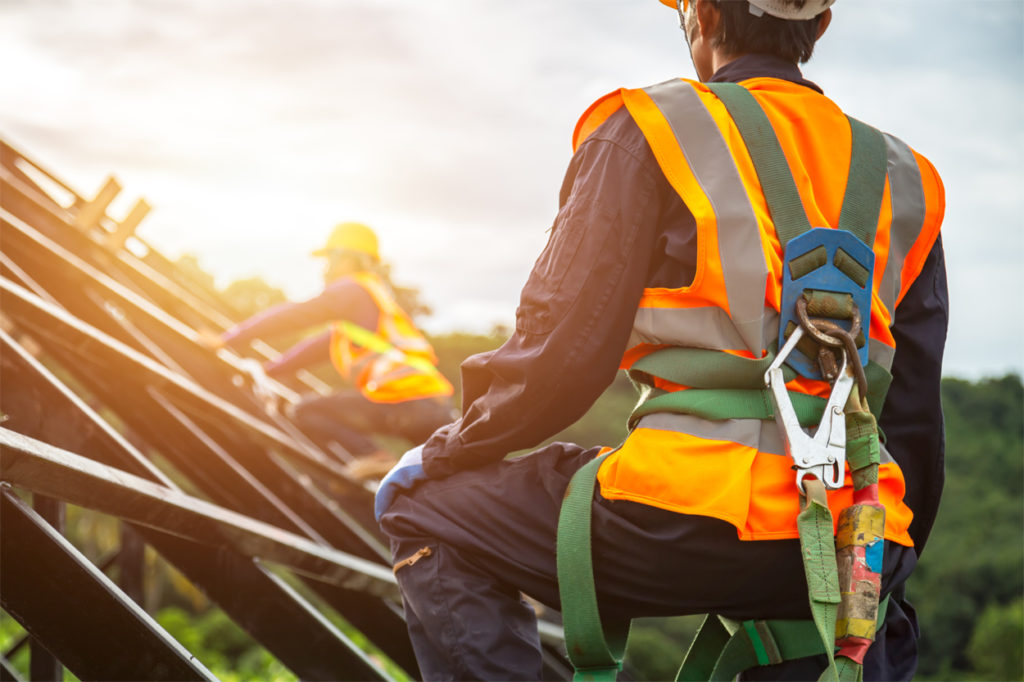
Cost-Effective Scaffolding Hire
Hiring scaffolding is an excellent choice for anyone needing scaffolding for their projects, particularly because it avoids the significant upfront costs linked to purchasing the equipment outright. By opting to hire, you eliminate ongoing maintenance expenses and the hassle of storage fees that can accumulate over time. Instead, you only pay for the scaffolding you need during your project, ensuring maximum budget efficiency. This approach is particularly advantageous for projects with varying scopes and timelines, as it allows you to select the right scaffolding for each specific job—without the concern of the equipment becoming outdated.
Furthermore, the cost-effectiveness of scaffolding hire plays a crucial role in lowering overall project expenses. By steering clear of the purchase, maintenance, and storage costs tied to owning scaffolding, businesses can manage their financial resources more effectively, making it easier to budget accurately and invest in critical project areas. The pay-as-you-go structure of scaffolding hire enables companies to respond to project changes without incurring costs for unused or underutilized equipment. This combination of flexibility and avoiding obsolescence makes scaffolding hire a smart and financially savvy option for those in need of temporary access solutions.
Make the Right Decision: Contact Silvercrest Scaffolding!
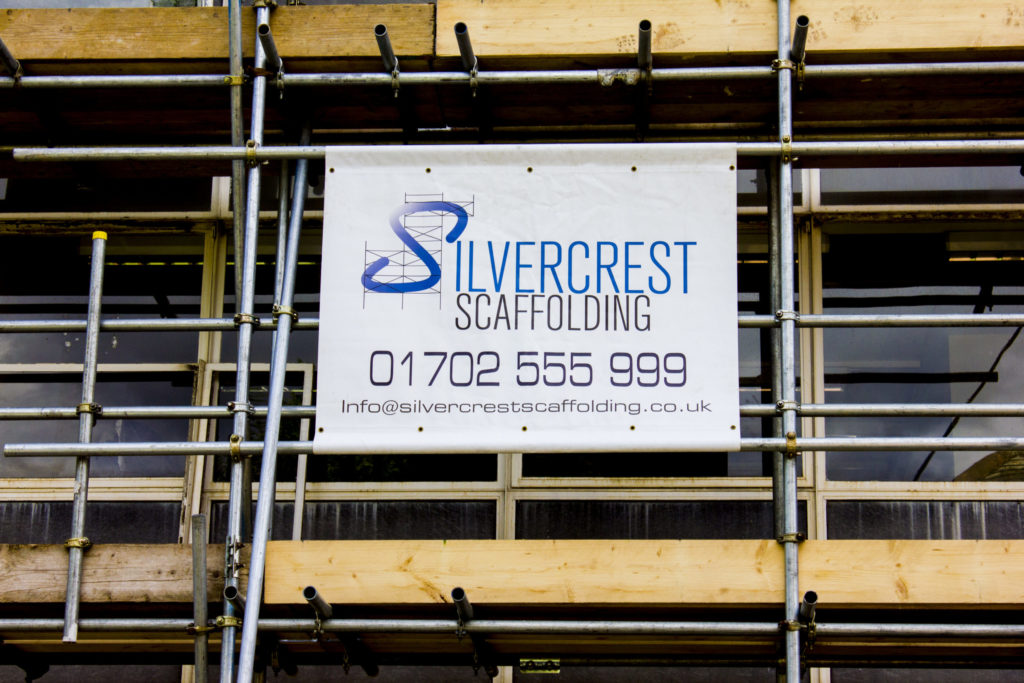
Deciding between DIY scaffolding and professional services is not a decision to take lightly. Weigh safety, legality, project complexity, and cost carefully. While DIY may seem attractive for its initial savings, the risks and possible financial troubles from poor safety measures and legal issues are significant.
In most situations, hiring a professional scaffolding service is the better option!
Got a project in the pipeline?
To discuss your upcoming projects please do get in touch
Office Tel: 01702 555 999
Website: www.silvercrestscaffolding.co.uk
Office Email: [email protected]
Technical/tenders: [email protected]







